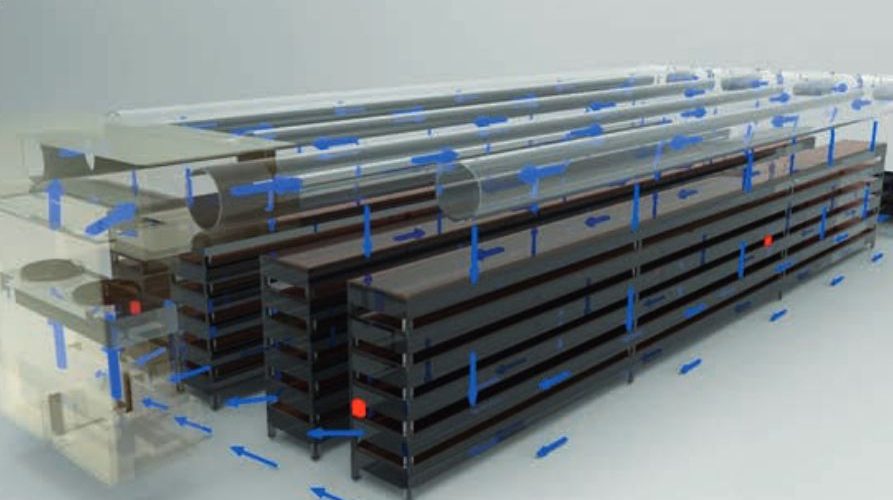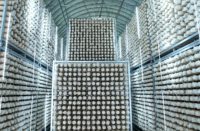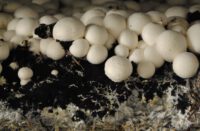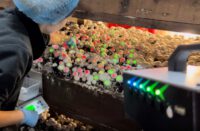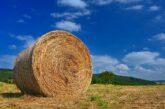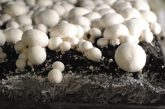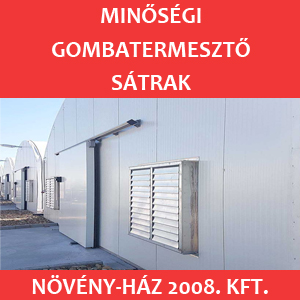In a recent article, Italian researchers analyzed how energy demand in large-scale mushroom cultivation changes over the entire production cycles. Nowadays energy efficiency is one of the main areas of mushroom cultivation research, and optimizing it while keeping the high quality is one of the most important innovation goals in the sector.
It is known that during the cultivation process there are steps where we have to heat the air which coming into the growing room, and other times we have to remove too much heat, we have to cool the air back. By adding, cooling and heating the fresh air, the temperature, the CO2 level and relative humidity of the air are regulated. The main goal of the study was to set up a complete energy balance during cultivation, on the basis of which a mushroom farm can be scaled.
High demand
According to the measurements, the total energy demand of a mushroom growing cycle (25 tons of mushrooms in 3 flushes totally) is 5483 kWh, the specific energy demand is 0.22 kWh/kg, of which 0.18 kWh/kg is the energy demand for cooling and 0.04 kWh/kg for heating. Unsurprisingly, the results showed that electricity consumption is a major cost in mushroom cultivation, so it would be important to optimize the energy needs of plants, which can lead to significant economic savings.
The authors of the article suggest that many times designers do not use consolidated scientific data in the energy design of farmhouses, but base their plans on empirical data. This flawed approach often leads to undersizing or oversizing of the plant and air handling units. And in a poorly sized plant, it is difficult or almost impossible to grow mushrooms efficiently.
During the experiments, countless sensors were placed in a Dutch-type farm, which using shelves with bulk compost, from which data was collected over a full 3 flushes. The air and compost temperatures and the relative humidity were studied. From the measured data, they wanted to create an energy balance, on the basis of which a more energy-efficient, more sustainable air handling system in mushroom production could be designed.
The full study can be viewed on the Journal of Agricultural Engineering website.


